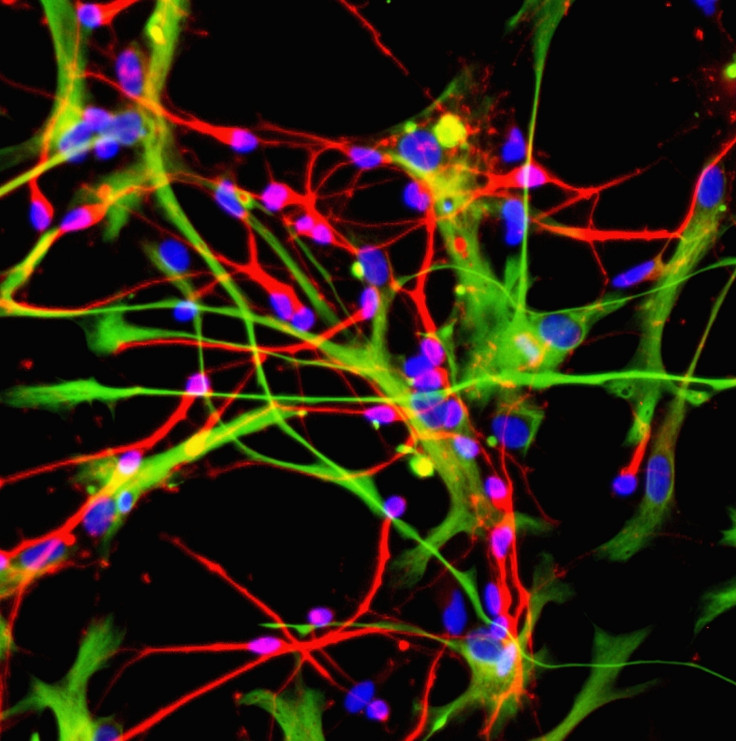ALS treatment on the horizon? Scientists grow motor neurons using adult human skin
For the first time ever, it could be possible to 'grow' motor neurons without stem cells.

A team of scientists from the University of Washington School of Medicine have devised a way to grow specific neurons from adult human skin cells. They have been able to create motor neuron cells without the use of stem cells.
Motor neurons are responsible for muscle contraction, and when they get damaged, they lead to diseases like amyotrophic lateral sclerosis (ALS) and spinal muscular atrophy, which can lead to paralysis and eventually early death, says a research publication made by the university.
The team might have come up with a treatment method that can make use of a healthy adult's skin cells and transform them into motor neurons without the need for any stem cells.
Apart from being a potential treatment method, it can also be a way for researchers to grow neurons in labs to further study such degenerative diseases. The release points out that unlike mouse cells that can be readily harvested, human samples of motor neurons are not easy to come by, so simply taking skin samples would be a "new tool".
Senior author Andrew S. Yoo, assistant professor of developmental biology, said that in the study they only made use of skin samples of healthy adults ranging from the 20s to late 60s in age.
Before this method of growing neurons out of skin cells was developed, the report says that there were ethical concerns that scientists had to deal with when experimenting with what they call pluripotent stem cells (also known as the master stem cell, which can produce any type of cell or tissue that the body needs to repair itself) needed to grow neurons.
Pluripotent stem cells can be gotten from foetuses and donated eggs that are "activated", or from embryos, according to the NY State Department of Health website.
By making use of cells from healthy humans, researchers did not have to deal with any ethical concerns, they have also had the advantage of having skin cells retain the age of the patient within the "grown" cells which was not an option with pluripotent stem cells, notes the report.
"Going back through a pluripotent stem cell phase is a bit like demolishing a house and building a new one from the ground up," said Yoo, "What we're doing is more like renovation," he added.
To grow these motor neurons out of skin cells, scientists exposed skin cells to molecular signals that are normally present at high levels in the brain. It was found that short snippets of RNA transformed skin cells to neurons. Micro RNAs, called miR-9 and miR-124, were able to "repackage" genetic instructions within cells, the report says.
The next step was to move the transformation toward specific types of neurons- in this case, motor neurons which the team achieved after adding more signals to the mix and transcription factors called ISL1 and LHX3 were also added and they were able to turn skin cells into spinal cord motor neurons in around 30 days, the report added.
"Our research revealed how small RNA molecules can work with other cell signals called transcription factors to generate specific types of neurons, in this case motor neurons," said Yoo.
The technology is still in its infancy and is not clear as to when it could become a mainstream treatment method for motor neuron degenerative diseases.
© Copyright IBTimes 2025. All rights reserved.





















